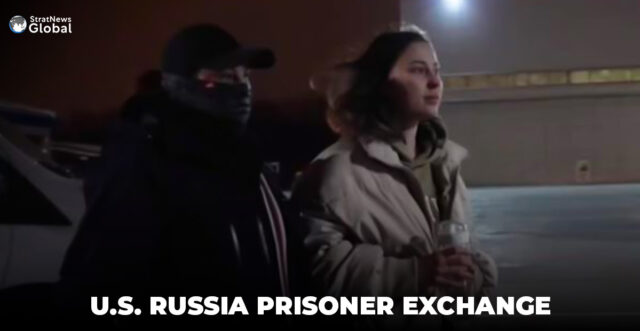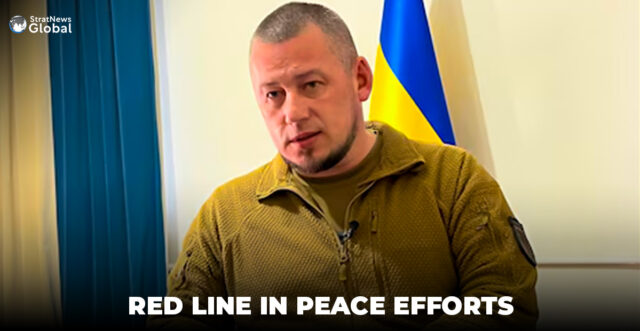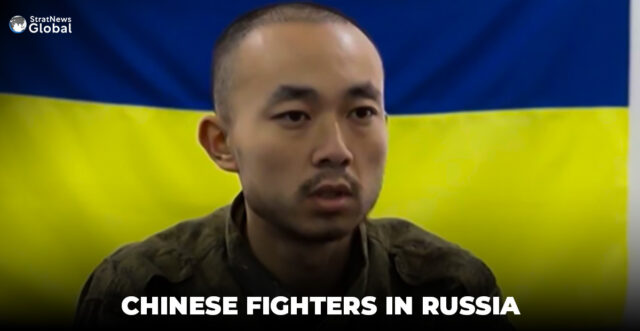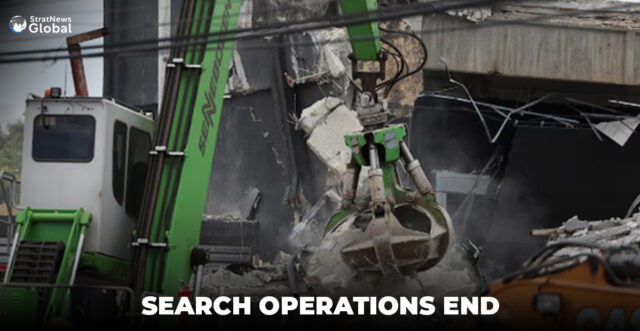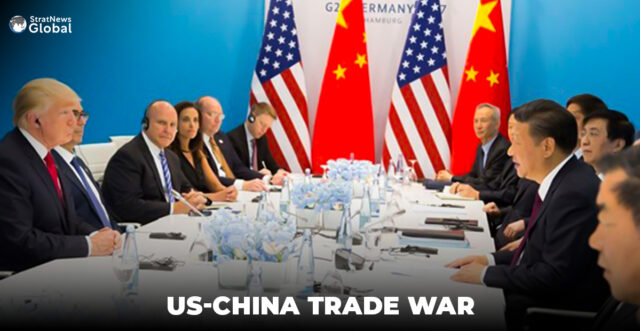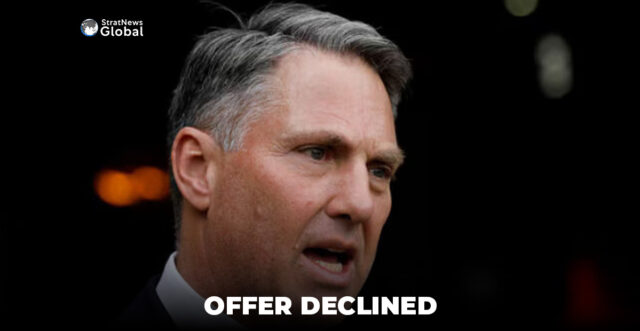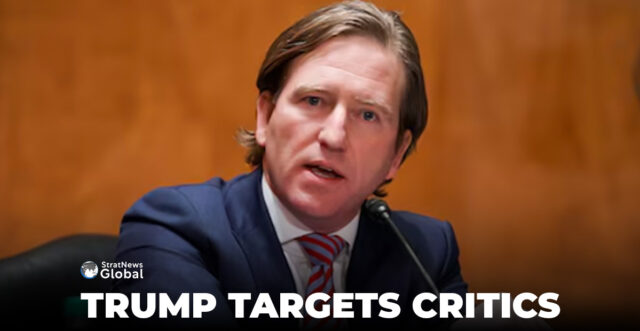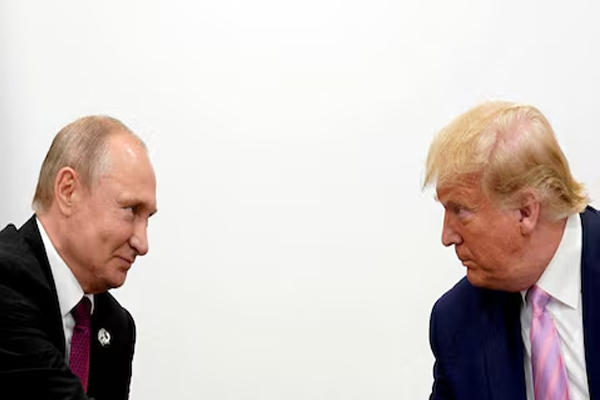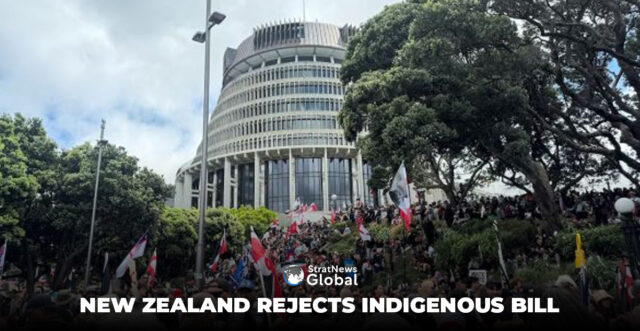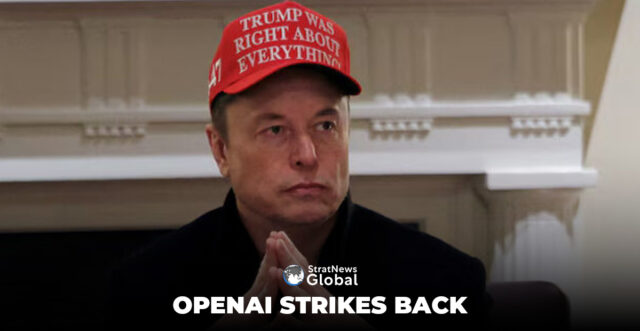Russia, U.S. Carry Out Prisoner Exchange Involving Spa Worker And Electronics Smuggler
On Thursday, Russia freed a spa worker from Los Angeles who had been sentenced to 12 years in prison for donating to a charity supporting Ukraine. In return, the U.S. handed over a man accused of running a global operation that smuggled sensitive American electronics to the Russian military.
The exchange, which took place on the tarmac of Abu Dhabi airport, indicates significant detailed contacts between President Vladimir Putin’s Kremlin and the administration of U.S. President Donald Trump, who says he wants to strike a peace deal to end the war in Ukraine.
Footage on Russian state television showed Ksenia Karelina, a dual citizen who was found guilty last year of treason by a Russian court for donating $51.80 to a U.S.-based charity providing humanitarian support to Ukraine, flying out of Russia.
Arthur Petrov, a dual German-Russian citizen arrested in 2023 in Cyprus at the request of the U.S. for allegedly exporting sensitive microelectronics, was shown walking past Karelina towards a Russian plane where he underwent medical check-ups, complaining only of fatigue.
“Petrov was exchanged for U.S. citizen Ksenia Karelina, who also holds Russian citizenship and was sentenced to 12 years in a penal colony for treason in the form of financial assistance to a foreign state,” Russia’s Federal Security Service (FSB), the main successor to the Soviet-era KGB, said.
“We express our gratitude to the UAE leadership for their assistance,” the FSB said. The UAE posted a picture of Karelina on the tarmac in Abu Dhabi beside a Russian plane.
‘Goodwill Gesture’
A U.S. official told Reuters that U.S. special envoy Steve Witkoff brought up the case of Karelina with Putin during a call last week and that Putin’s reaction was to “do something as a goodwill gesture because he wants to settle the war”.
U.S. talks with Russia and Ukraine about ending the war were to continue and Witkoff would travel to Russia soon, the official, who spoke on condition of anonymity, said.
The Wall Street Journal, which first reported the swap, said that the deal was negotiated by CIA Director John Ratcliffe and an unidentified senior Russian intelligence official. Ratcliffe confirmed the exchange to the Journal.
Love And Smuggling
Beyond the spymasters and high intrigue of Russian-U.S. relations, Karelina’s fiance expressed joy and thanked Trump for his efforts to secure her release, saying their dog was awaiting her return.
“I am overjoyed to hear that the love of my life, Ksenia Karelina, is on her way home from wrongful detention in Russia,” Chris van Heerden said. “I cannot wait to hold her. Our dog, Boots, is also eagerly awaiting her return.”
A U.S. official said Karelina is expected to arrive at Joint Base Andrews, in Maryland, later on Thursday.
The United States lists a number of Americans – some dual citizens – who are in jail in Russia, including Stephen Hubbard who has been officially declared by Washington as wrongfully detained.
U.S. teacher Marc Fogel was released from a Russian prison in February during a visit by Witkoff to Moscow. Saudi Crown Prince Mohammed bin Salman and Russia’s sovereign wealth fund chief Kirill Dmitriev were involved in those negotiations.
In August last year, the United States and Russia carried out their biggest prisoner swap since the Cold War, with 24 prisoners gaining their freedom, including U.S. journalist Evan Gershkovich and ex-U.S. Marine Paul Whelan.
The U.S. Justice Department said last year that Petrov had participated in a scheme to procure U.S.-sourced microelectronics for manufacturers supplying weaponry and other equipment to the Russian military.
The Justice Department said that Petrov had formed an elaborate tech-smuggling syndicate which spirited sensitive technology to Russia’s military-industrial complex through a web of shell companies. Petrov was unavailable for comment.
(With inputs from Reuters)


